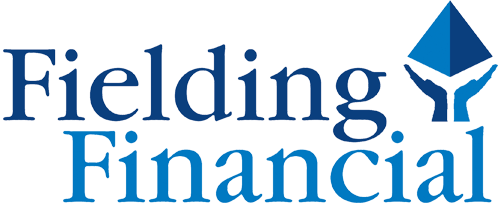What a good cap rate for investment property looks like
What a ‘good’ cap rate for property investment actually means
When experienced property investors talk about ‘cap rate’, they are looking at the estimated annual return on investment they might expect from a certain property.
The formula is very simple:
Cap Rate = Net Operating Income (NOI) / Property Purchase Price
NOI is simply the income from the property (mainly rent) minus operating expenses (management fees, insurance, repairs, maintenance, etc.). Importantly, it does not include financing costs or income taxes.
So if an investor is looking at buying a £500,000 property, charging £5,000 per month rent (£60,000) and paying £20,000 in annual operating expenses, the resultant calculation would be:
NOI = £60,000 – £20,000 = £40,000
Cap Rate = £40,000 / £500,000
= 0.08 (8%)
Why cap rate can be a misleading metric
Cap rate is a valuable comparison tool, but its simplicity comes at the expense of accuracy. As such, cap rate should never be used as a substitute for the detailed financial analysis that professional investors should be making.
There is another issue with cap rate. What a good cap rate for property investment looks like depends heavily on the context of an investment. Three of the main factors that will affect the valuation of a cap rate are the type of property, its geographical location and the volatility of the markets. Let’s look at these in turn.
The definition of a good cap rate will differ depending on whether you are investing in residential, commercial or industrial property. For example, 6% might be regarded as a good cap rate for a residential property but quite low for an industrial property.
Where property prices and rental demand are high (e.g., London and the commuter belt), cap rates tend to be low. Therefore, a low cap rate in somewhere like Manchester or Liverpool might be regarded as high for a London property.
On average, investors need to be rewarded for riskier investments. If the markets are stable and demand predictable, a 6% cap rate might be very attractive. If the markets are all over the place and demand is uncertain, this same cap rate might not be high enough to tempt investors.
What a good cap rate for property investment looks like will differ between individual investors, too. A conservative investor might be delighted with a 4% cap rate if they are confident that the property they want is in a desirable area within a stable property market. A less cautious investor might regard this as far too low to bother with. They might be willing to look at areas with less certain demand within a more volatile market to get a 7% or 8% cap rate.
Looking at the bigger picture
Targeting a specific cap rate is one of many dangerous strategies that inexperienced property investors can follow. What a good cap rate for property investment can’t tell you is anything about appreciation potential or affordability.
If your financing costs are too high, this might outweigh any gains you make from rental income. And if you intend to invest for capital growth, you also need to factor in how much and how quickly a property is likely to go up in value.
In summary, feel free to use cap rate as a rough guide to the viability of a property, but don’t jump in with both feet until you’ve crunched the numbers and are certain that the property fits in with your overall investment goals.
Clarify your property investment goals at a FREE Fielding Financial seminar
If you want to speak to a seasoned investor about what a good cap rate for property investment looks like, we recommend you sign up for one of our upcoming property investment seminars.
You will also get a well-rounded introduction to professional property investing that will help you to start your journey in the right way.
